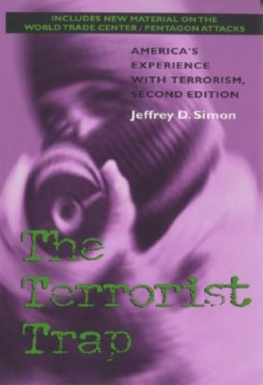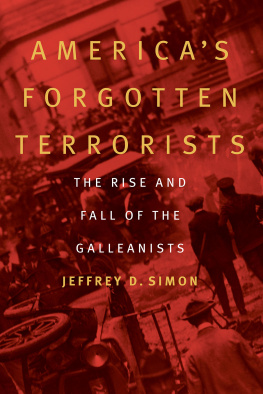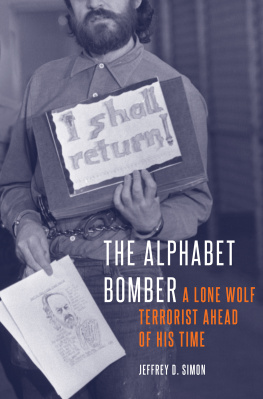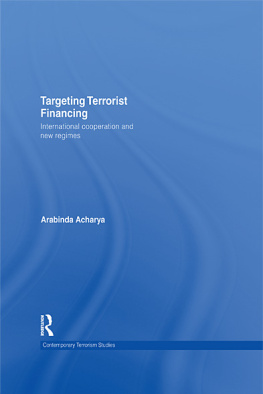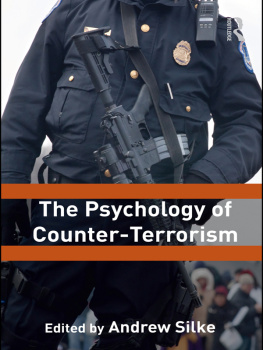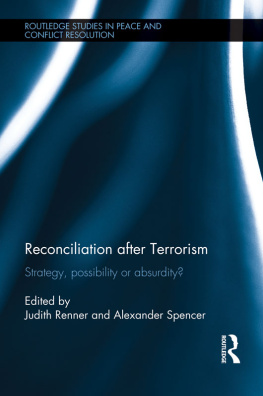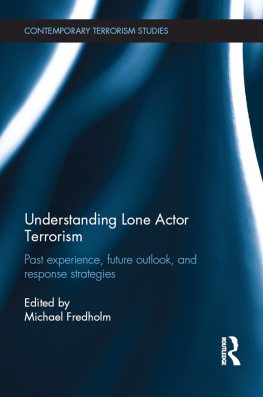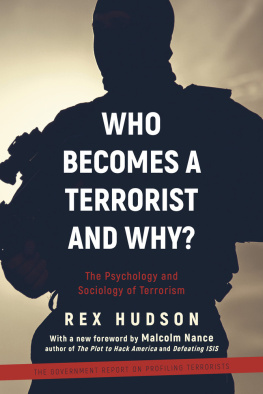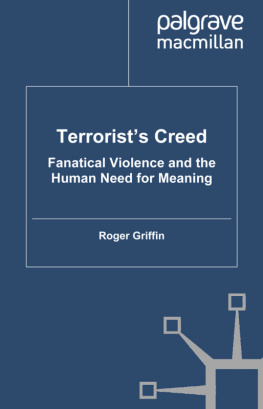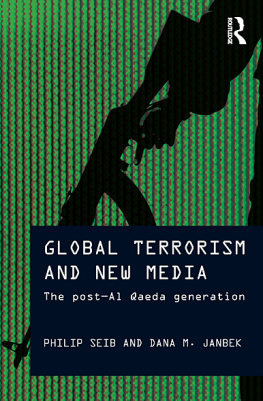To my sister, Ellen Sandor, and in memory of our parents, and in memory of Martha Haruko Asakura and Richard D. Schmitt
This book is a publication of
Indiana University Press
601 North Morton Street
Bloomington, IN 47404-3797 USA
http://iupress.indiana.edu
Telephone orders 800-842-6796
Fax orders 812-855-7931
Orders by e-mail iuporder@indiana.edu
2001 by Jeffrey D. Simon
All rights reserved. First edition 1994
No part of this book may be reproduced or utilized in any form or by any means, electronic or mechanical, including photocopying and recording, or by any information storage and retrieval system, without permission in writing from the publisher. The Association of American University Presses Resolution on Permissions constitutes the only exception to this prohibition.
The paper used in this publication meets the minimum requirements of American National Standard for Information SciencesPermanence of Paper for Printed Library Materials, ANSI Z39.48-1984.
Manufactured in the United States of America
Library of Congress Cataloging-in-Publication Data
Simon, Jeffrey D. (Jeffrey David), date
The terrorist trap : Americas experience with terrorism / Jeffrey D. Simon.2nd ed.
p. cm.
Includes bibliographical references and index.
ISBN 0-253-33983-9 (cloth : alk. paper)
ISBN 0-253-21477-7 (paper : alk. paper)
1. TerrorismUnited States. I. Title.
HV6432 .S55 2001
363.320973dc21
2001039180
1 2 3 4 5 06 05 04 03 02 01
Preface to the Second Edition
As the second edition of The Terrorist Trap was about to go to press, America was rocked by a wave of terrorist attacks unprecedented in history. On September 11, 2001, four planes were hijacked and then used in a suicide mission that established a new threshold for terrorist violence. Two of the jetliners crashed into the World Trade Center in New York City, one into the Pentagon, and one, aborted in its mission, into a field near Pittsburgh, Pennsylvania. Preliminary estimates in the days following the catastrophe put the death toll at more than 5,000 people.
Television viewers around the world watched in horror as one plane struck the south tower of the World Trade Center after the north tower had earlier been hit. Then, when the burning jet fuel weakened the steel support columns, each of the 110-floor twin towers collapsed. All the hijacked planes were originally bound for California from eastern cities; at the beginning of their cross-country flights, they were loaded with fuel. Among those killed were hundreds of firefighters, police officers, and other rescue workers who had rushed into the buildings after the plane crashes.
Although details are still emerging as this preface is being written less than a week after the tragedy, investigators have already linked the hijackers to Saudi-exile terrorist Osama bin Ladin, who is discussed in the introduction to this book. In a clearly coordinated assault, teams of four to five hijackers, several of whom were pilots, seized the planes, armed with box cutters and small knives. All four planes crashed within a period of ninety minutes.
While this assault upon America was shocking, it should not have been surprising. As the reader will discover in the following pages, terrorism is an endless conflict. Terrorists will continue to find new and more devastating ways to perpetrate their violence. The terrorists who wreaked havoc upon America in September 2001 employed a tactic that had been used only once before (Palestinian extremists hijacked four planes on the same day in Europe and the Middle East in September 1970) and turned it into a new and more frightening one: suicide attacks from the air. I noted in the first edition of this book and again in the introduction to the second edition that one of the future trends in terrorism would indeed be suicide attacks from the air, although I suggested it was likely to be in planes packed with explosives. The terrorists in this case did not even need explosives, as the burning jet fuel from the crashes was sufficient to bring down a world landmark.
Reflecting the anger and shock of the nation, President George W. Bush called the attacks on the World Trade Center and the Pentagon acts of war and vowed to do generations a favor by coming together and whipping terrorism, hunting it down, binding it, and holding them accountable.* The reader will see, however, that previous U.S. presidents issued similar statements, only to be frustrated in their efforts to defeat terrorism. In the struggle against this global threat, the advantage unfortunately lies with the terrorists since they only need to commit one spectacular act to reverse all perceptions of counterterrorist progress. What separates terrorism from all other types of conflict is the ability of a single major incidentwhether a bombing, an embassy seizure, or a suicide attackto throw an entire nation into crisis and to create repercussions far beyond the original event.
The recent attacks demonstrated another theme discussed in this book; namely, the deep psychological impact that terrorism can have upon a nation. For the surviving victims of terrorist incidents and the families of those killed by terrorists, the emotional scars will last a lifetime. The heart-wrenching cellular phone calls that some of the passengers on the doomed jets made to loved ones will haunt those relatives forever. The public also feels the emotional impact of terrorism, as each new incident heightens the fear of being the next victim. It may take a long time before people feel safe again about boarding an airplane. And in this age of extensive media coverage of terrorist events, we all vicariously live through the pain and suffering of the victims and their families. It was therefore not surprising to find an overwhelming expression of public grief and sorrow over the tragedy.
Terrorism can also have a profound effect upon presidents since they bear the ultimate responsibility for determining how this country will deal with the terrorist threat. The reader will see how U.S. presidents since the early days of the republic have had to make difficult choices when faced with terrorist crises. In some cases their actions became the defining moment of their presidencies. President Bush is likely to find the same is true in his case as he shapes Americas response to the worst terrorist assault in history.
The image of this countrys military and financial centers being struck with such devastating force by terrorists, and the loss of so many innocent lives, will be etched in the minds of all Americans for many years to come. How much this country will be permanently changed as a result of the attacks on the World Trade Center and the Pentagon remains to be seen. Clearly, Americans have experienced the horrors of terrorism at home in ways they never could have imagined before. If, however, the result of the suicide attacks upon America is that we begin to live our lives in constant fear of terrorism and take measures that erode our basic democratic values, then the terrorists would have achieved a major victory.
Jeffrey D. Simon
Santa Monica, California
September 2001
*Katharine Q. Seelye and Elisabeth Bumiller, Bush Labels Aerial Terrorist Attacks Acts of War

